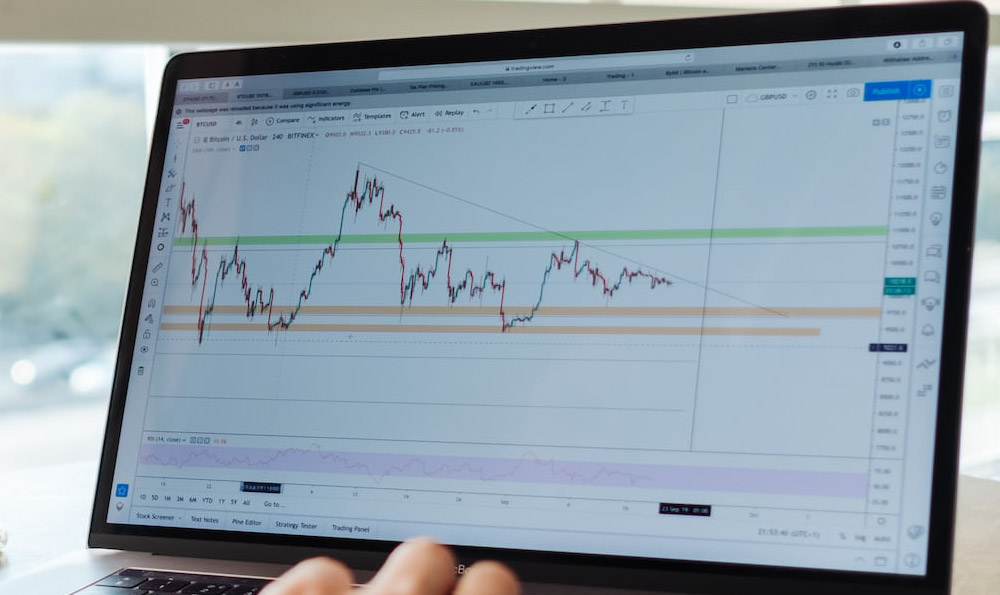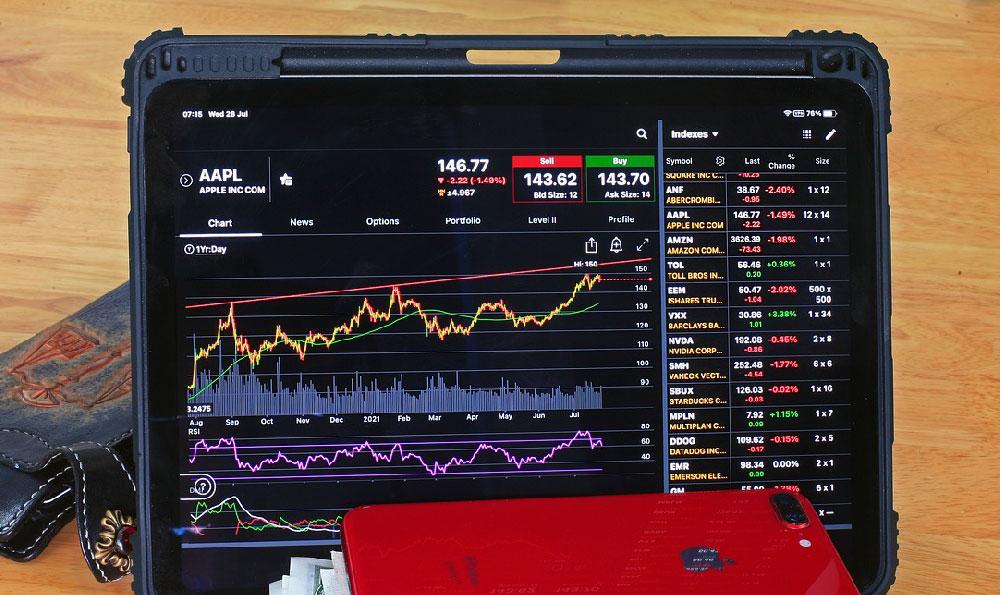Selling on eBay is an opportunity to leverage the global marketplace and turn your products into a sustainable income stream, but it requires a strategic approach that blends market insight, operational discipline, and financial acumen. The platform, once a niche marketplace for surplus goods, has evolved into a vast ecosystem where individuals and businesses alike can capitalize on fluctuating demand, technological shifts, and evolving consumer preferences. To succeed in this space, you must understand not only the mechanics of listing and selling but also how to align your efforts with broader economic trends and platform dynamics that could impact profitability.
Market research and niche selection are the cornerstones of a successful eBay venture. The platform's data analytics tools provide insights into search volumes, buyer behavior, and competitor activity, but relying solely on these can be misleading. A more effective strategy involves cross-referencing eBay trends with external factors such as supply chain disruptions, inflationary pressures, or technological advancements in emerging markets. For example, the rise of e-commerce in Asia has created a surge in demand for items like vintage electronics and niche hobbies, which can be identified by analyzing both eBay's regional traffic patterns and macroeconomic indicators. Sectors like renewable energy equipment or DIY tools often experience cyclical demand, and timing your entry into such niches can significantly enhance returns.
Pricing strategy is another critical component that demands careful calibration. While eBay's algorithm promotes items with competitive pricing, setting an optimal price involves more than just undercutting rivals. You must consider the cost of goods sold, shipping expenses, and the prevailing market rate for similar items. Additionally, the concept of "inventory stretch" becomes relevant—holding onto items until market conditions favor higher prices can yield substantial profits. For instance, electronics often see price fluctuations due to technological upgrades, and waiting for the right moment to sell can maximize margins. However, this approach requires patience and a keen awareness of market cycles, which can be difficult for new sellers to navigate without proper guidance.

Marketing on eBay is not confined to listing descriptions and thumbnails. The platform's competitive landscape means that visibility is a key differentiator. Utilizing SEO techniques tailored to eBay's unique search engine—such as incorporating relevant keywords in titles and descriptions, optimizing bullet points for clarity, and leveraging category-specific tags—can improve your listings' exposure. However, the most effective sellers also integrate broader marketing strategies, such as cross-promoting on social media or email lists, to drive traffic beyond the platform's walls. The psychology of buyer behavior plays a role here; for example, the demand for high-quality, vintage, or customizable items often outpaces that of generic products, suggesting that differentiating your offerings can lead to premium pricing.
Risk management on eBay requires a dual focus on mitigating financial losses and avoiding legal pitfalls. The platform's policies are constantly evolving, and failing to comply with these can result in account suspensions or fines. Intelligent sellers stay ahead by regularly auditing their listings for adherence to guidelines, particularly in high-risk categories such as electronics, which are prone to counterfeit issues. Additionally, the rise of payment fraud and buyer disputes necessitates a robust risk assessment framework. Tools like PayPal's seller protection and eBay's dispute resolution policies are essential, but they should be supplemented with proactive measures such as verifying buyer addresses, using escrow services, and tracking shipping logistics to ensure timely delivery and reduce the likelihood of conflicts.
Sustainability and long-term growth on eBay depend on adaptability and innovation. The platform's market is highly competitive, and static strategies will quickly become obsolete. Successful sellers experiment with new product categories, refine their pricing models, and explore emerging trends such as the shift toward eco-friendly products or the growing demand for niche hobbies. For example, the surge in interest in sustainable fashion has created a lucrative niche for vintage clothing and upcycled accessories, where sellers who adapt their inventory can thrive. Additionally, the integration of AI-driven tools for inventory management and demand forecasting can provide an edge, allowing sellers to optimize stock levels and avoid overstocking or understocking.
EBay's marketplace is also influenced by external economic factors that can impact both supply and demand. Inflationary pressures may drive up the cost of goods, but they can also increase buyer willingness to pay for discounted items. Conversely, economic downturns may lead to a spike in demand for essential goods, while luxury or non-essential items could see a decline. Understanding these macroeconomic shifts and aligning your sales strategy accordingly can help you anticipate market movements and adjust your approach in real time. For instance, during periods of economic uncertainty, items like home improvement tools or budget-friendly electronics may experience higher demand, offering opportunities for profit.
Finally, the psychological aspect of selling on eBay cannot be overlooked. The platform's auction model thrives on scarcity and urgency, and mastering this requires a balance between strategic listing and emotional intelligence. Sellers who create a sense of exclusivity, such as by limiting the quantity of items or offering limited-time discounts, often see higher bids and faster sales. However, overhyping items or forcing transactions can alienate buyers, leading to negative feedback and reduced seller ratings. The key lies in understanding the delicate interplay between psychology, pricing, and product value, ensuring that your approach remains both effective and ethical.
In conclusion, selling on eBay is not merely about listing items but about embedding strategic thinking into every step of the process. From market research to pricing, marketing, and risk management, each phase demands a blend of analysis, adaptation, and innovation. By aligning your efforts with evolving trends and maintaining a disciplined approach, you can transform eBay into a reliable source of income while protecting your assets and building long-term value. The platform's competitive nature means that only those who approach it with intelligence and foresight will thrive, ensuring that their efforts are both profitable and sustainable.











